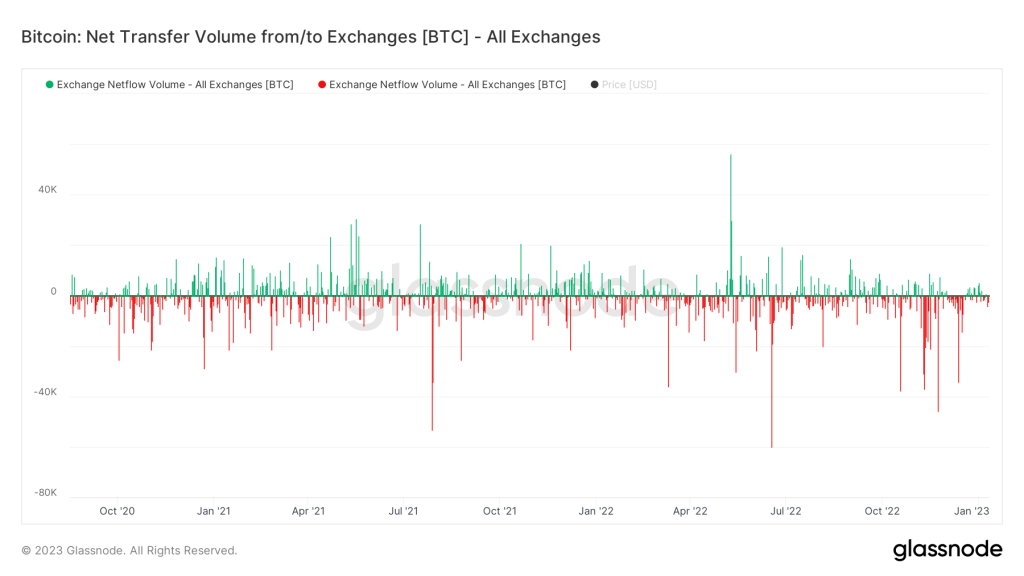Before explaining the Bitcoin halving, comment that the maximum supply of Bitcoins is 21 million units, this was established in the original Bitcoin code as a limit to the number of Bitcoins that could exist. This is because Bitcoin is a decentralized cryptocurrency and is based on a supply and demand system, and the maximum supply is a way to ensure that its value is not devalued by inflation.
Table of Contents
Bitcoin Halving: Impact on BTC Mining
The halving is a scheduled event in the Bitcoin protocol that occurs every 210,000 mined blocks, approximately every 4 years. When a halving occurs, the block reward for miners is halved. The block reward is an incentive for miners to participate in the network, as they are paid in Bitcoins for each block they mine and confirm transactions.
In the early days of Bitcoin, the block reward was 50 BTC. After the first halving in 2012, the reward was reduced to 25 BTC. In 2016, after the second halving, the reward was reduced to 12.5 BTC. The next halving occurred in 2020, and the reward to date is 6.25 BTC. The next halving will come sometime in 2024 and the block reward for miners will be 3,125 BTC.
This can lead to a number of changes to Bitcoin mining, such as:
more competition: With less reward at stake, there may be more miners leaving the market, which can lead to more competition among the miners who remain.
Increased difficulty for small miners: Small miners may find it difficult to remain profitable due to high equipment and electricity costs.
Greater centralization of mining: With fewer miners in the market, it is possible that the largest and most investable miners will benefit and take a larger share of the market.
Bitcoin Halving: Impact on BTC Price
The halving has significant economic implications for the Bitcoin network. By reducing the reward, the halving has the effect of decreasing the supply of new bitcoins. This is considered a measure of controlled inflation, since as bitcoins become more difficult to mine, their theoretical value increases.
In previous halvings, we have seen a rise in the price of Bitcoin in the lead up to the event. Before the first halving, the Bitcoin price was close to $10, but it rose to over $1000 before the second halving in 2016. The last Bitcoin halving occurred in May 2020, and at that time, the Bitcoin price was around the $9000 dollars. At that time, the halving had as an immediate effect a reduction in the block reward for miners from 12.5 BTC to 6.25 BTC and this generated great expectations in the market, since by reducing the offer, an increase in the price was expected. . In the months following the 2020 halving, the price of Bitcoin rose significantly, reaching all-time highs near $69K in April 2021.
However, it is important to mention that the Bitcoin price is highly volatile and past performance does not guarantee future results.
Investment strategies with the Bitcoin halving
There are several Bitcoin investment strategies that are based on the halving. Some of the most popular strategies are as follows:
Buy and hold for the long term
This is an investment strategy where you buy Bitcoin with the idea of holding it for an extended period of time, hoping that the price will rise as the supply ceiling approaches and scarcity increases. Investors who adopt this strategy are often proponents of Bitcoin technology and believe in its long-term potential.
Buy before the halving
In this strategy, investors buy Bitcoin before a halving, hoping that the price will rise after the event. This strategy is based on the idea that halvings tend to have a positive impact on price as supply is reduced. For example, an investor might buy Bitcoins ahead of the 2024 halving in the hope that the price will rise as and after the event approaches.
Shop after halving
This strategy is opposite to the previous one. It is based on the idea that the price of Bitcoin tends to go down after a halving due to uncertainty and the possibility of miners exiting the market. In this strategy, a fall in the price is expected, to buy after the halving at lower prices.
Trading based on the market cycle
This trading strategy is based on the Bitcoin market cycle, and is based on the idea that Bitcoin prices tend to rise before and after a halving, and fall in between. The investor would follow a pattern of buying before the halving, holding in the intervening period, and selling after the halving.
It is important to mention that none of these strategies are infallible, the price of Bitcoin is highly volatile and is subject to many variables, not just supply and demand. In addition, halvings are known events and can be anticipated, but it is important to mention that the market can react in unpredictable ways, which is why it is recommended to do prior research and study before making any investment decision.
Conclution
The Bitcoin halving is a scheduled event that has major implications for both miners and investors. By reducing the reward, the halving decreases the supply of new bitcoins and has the effect of increasing the theoretical value of this cryptocurrency. Although the Bitcoin price is highly volatile, the halving has been followed by price increases in the past and this is why it is important to understand the process in order to make informed Bitcoin investment decisions.
Disclaimer: The content and links provided in this article are for informational purposes only. islaBit does not offer legal, financial or investment recommendations or advice, nor is it a substitute for the due diligence of each interested party. islaBit does not endorse any investment or similar offer promoted here.

